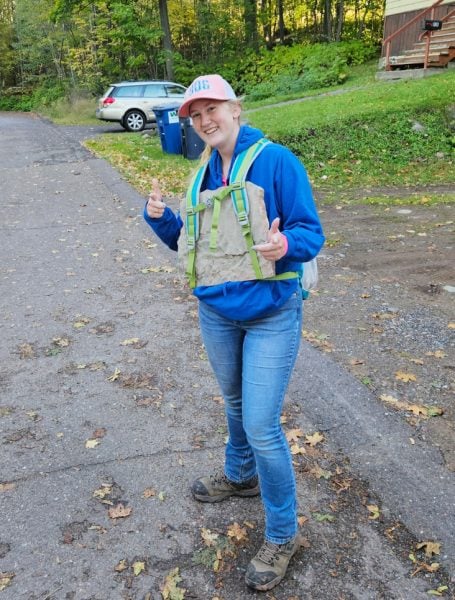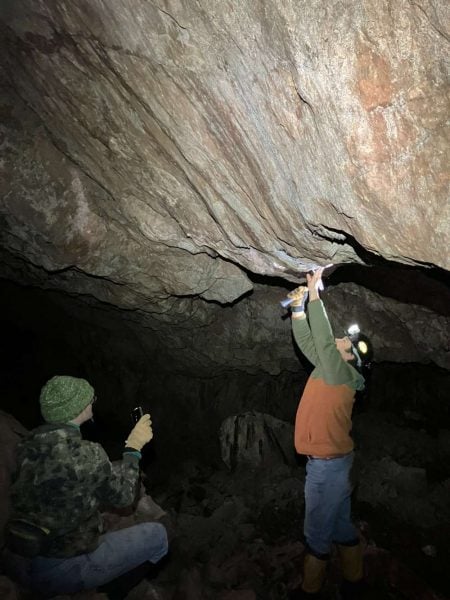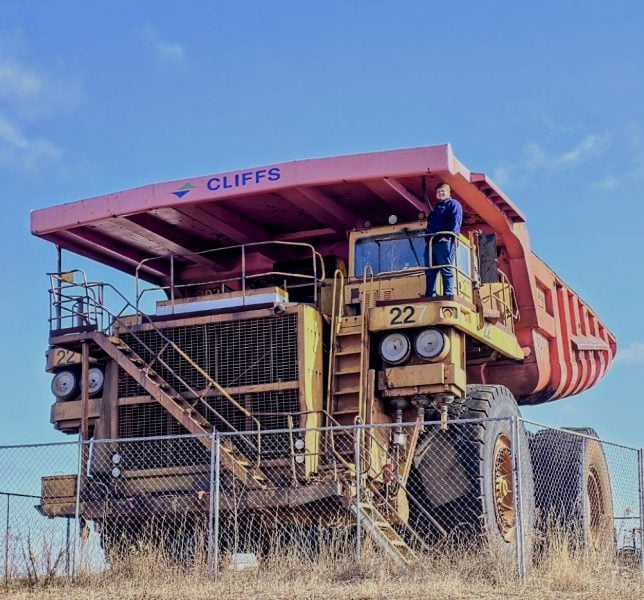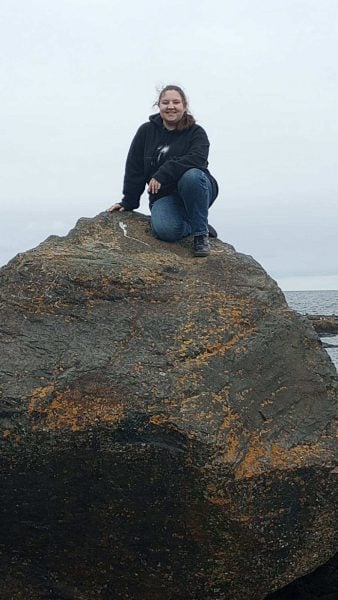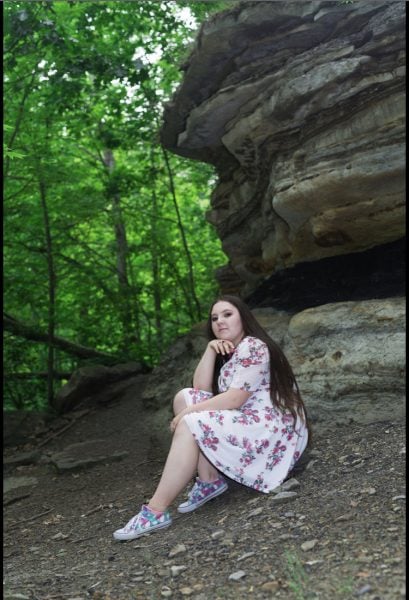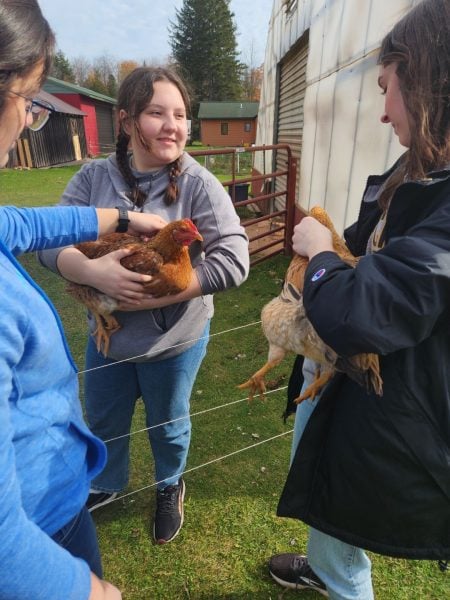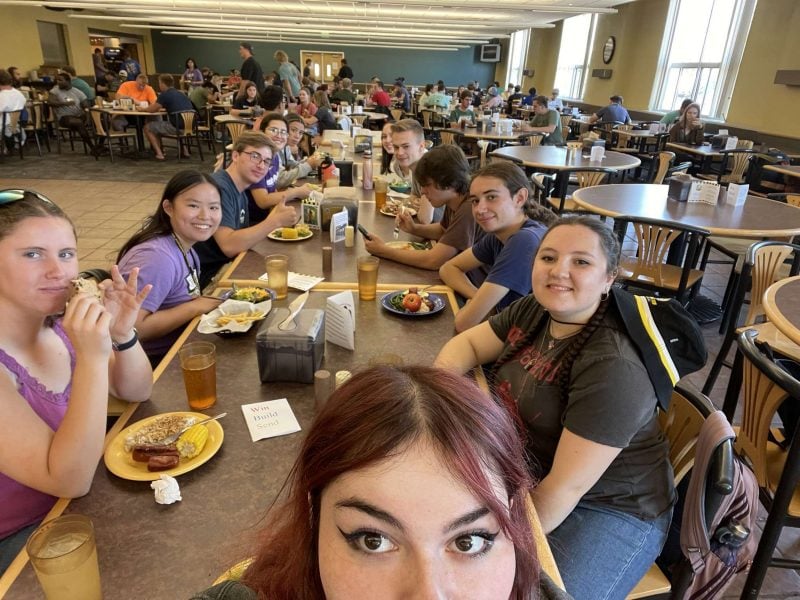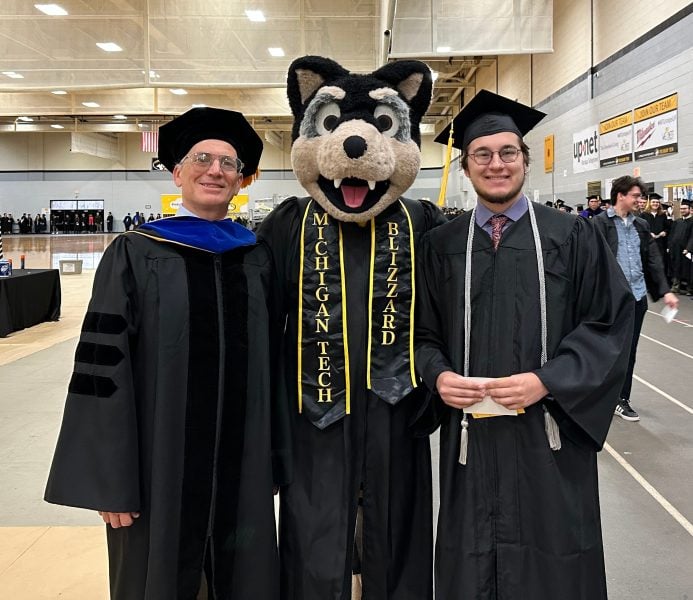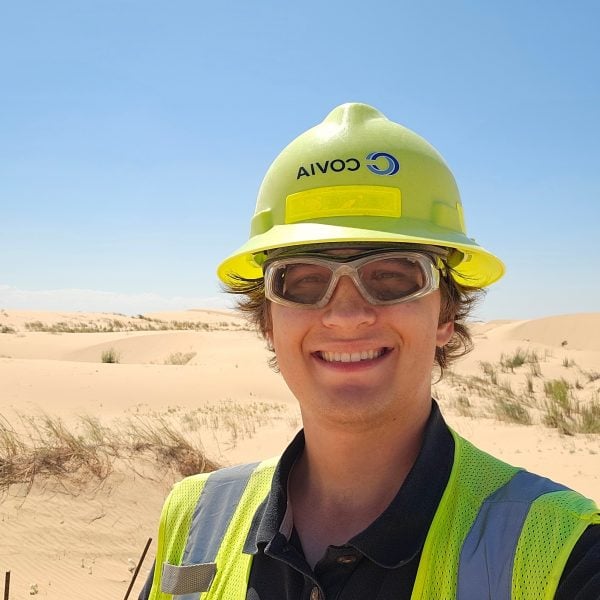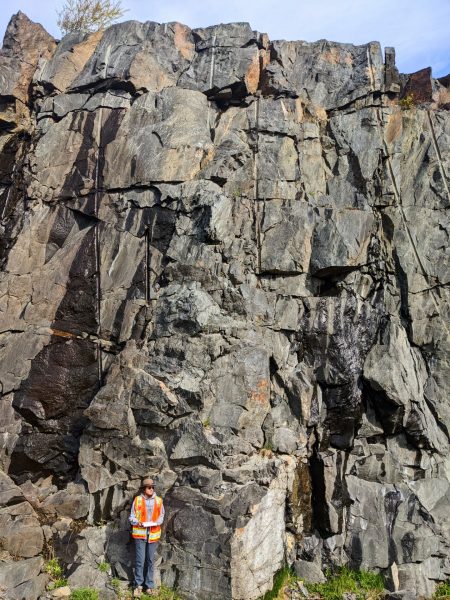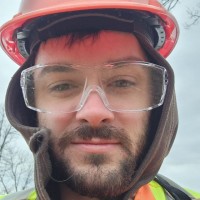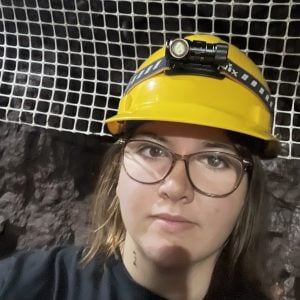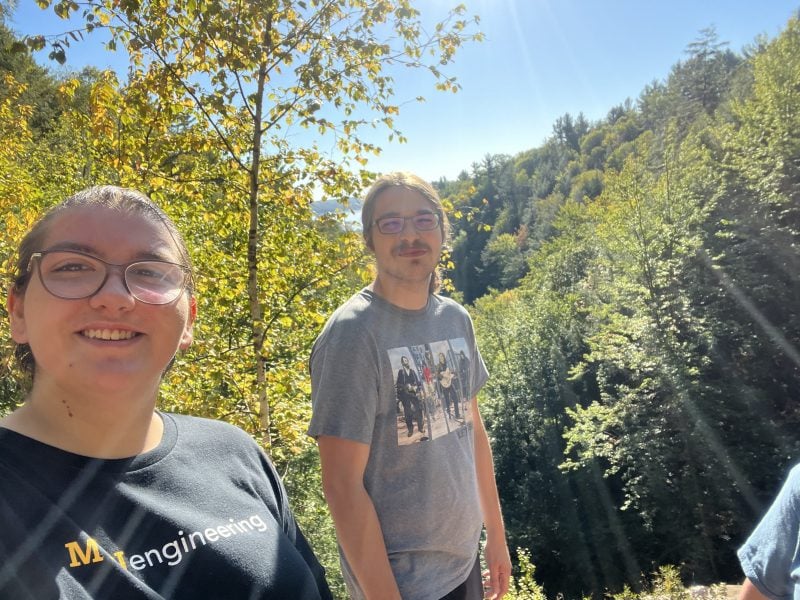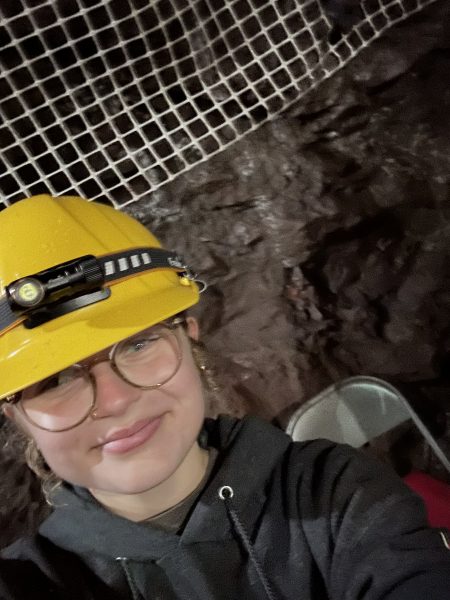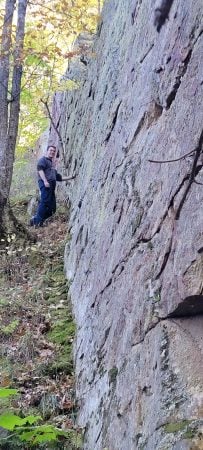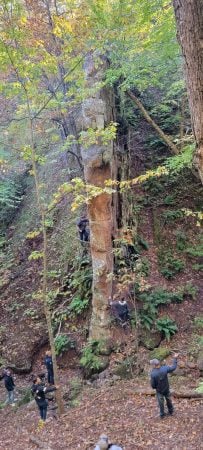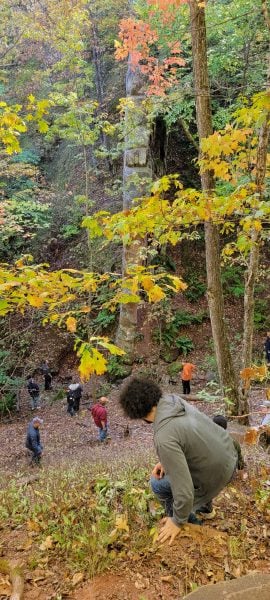GMES is thrilled to recognize and celebrate the achievements of our Spring 2025 Bachelor of Science graduates. These students have worked diligently in classrooms, labs, and the field, developing the knowledge and skills necessary to become the next generation of geoscientists and engineers.
Their accomplishments reflect their passion, resilience, and dedication to the Earth sciences, and we couldn’t be prouder of their success.
To all our graduates, thank you for your dedication and determination. The best is yet to come, and we can’t wait to see all the incredible things you’ll achieve. Congratulations again, and best of luck in everything that lies ahead!
Please join us in congratulating:
Bachelor of Science in Geological Engineering
- Cassie Burch
- Rebecca Cuthbertson
- Carlos Hernandez
- Max Ingram
- Hazel McGovern
- Sean Miller
- Clayton Wagner
- Stephanie Wiegand
“I was able to get a job as a Geotechnical Engineer with Coleman Engineering.”
Bachelor of Science in Geology
- Evelyn Devine
- Zeke Martin
- Demetri Papas
- Konraad VanDyke
“A degree from Tech is highly respected in the industry.”
Bachelor of Science in Applied Geophysics
- Clarissa Gordon
- Sam Jensen
Bachelor of Science in Mining Engineering
“The world needs more energy. I’m excited to be working in the energy market.”
We are excited to see where their journey takes them next — whether into industry, graduate school, or beyond. Congratulations to the Class of Spring 2025! Your future is bright.
Awards
Department Scholar – Natalie Sorensen
Kiril Spiroff Book Award – Lydia Lamey
Kiril Spiroff Book Award – Sam Jensen
Rock Hammer Award – Milena Sremba
As part of our Spring 2025 celebration, we asked our graduating students to reflect on their time at Michigan Tech. From favorite classes to future plans, their answers offer a glimpse into the experiences that shaped their journey and what lies ahead after graduation.
From the underground mines of West Virginia to the classrooms of Scotland, our GMES graduates are turning hands-on learning into real-world impact. these Huskies are gaining skills that matter, and landing jobs across the globe. Hear their stories, see where they’re headed, and discover why a GMES degree could be your next great adventure.
Stephanie Wiegand is graduating with a B.S. in Geological Engineering and a minor in Mining Engineering, and an Accelerated MBA is in progress. She reflected on her experience by saying this:
Q: What made you choose Michigan Tech and the GMES department?
A: The location drew me to Michigan Tech.
Q: What was your favorite class or project in GMES?
A: I really enjoyed field geology. The course was definitely intense, but it was interesting to work with the equipment.
Q: What’s next for you after graduation? (Job, grad school, travel, etc.)
A: I was able to get a job as a Geotechnical Engineer with Coleman Engineering. I will be working in Iron Mountain, MI, close to my family.
Q: What unique opportunities did you find at Michigan Tech that you might not have found elsewhere?
A: The vast amount of mines in the area and open outcrops gives this University a significant advantage over others.
Drawn in by a rare geophysics program and a tight-knit department, this student found inspiration in Earth History and hands-on fieldwork. Now, they’re heading to Scotland for grad school.
Clarissa Gordon is finishing with a B.S. in Applied Geophysics, and had this to share:
Q: What made you choose Michigan Tech and the GMES department?
A: I chose Michigan Tech and the GMES department because it was one of the few universities to offer a BS in geophysics. I also really liked the welcoming environment of the GMES department. The professors, staff, and students were very welcoming and engaging when I visited as a high school student.
Q: What was your favorite class or project in GMES?
A: My favorite class was Earth History, taught by Dr. Guth. I enjoyed the content a lot, and Dr. Guth led many fun projects and activities.
Q: What’s next for you after graduation? (Job, grad school, travel, etc.)
A: I plan to pursue a master’s degree in geophysics at the University of Aberdeen in Aberdeen, Scotland, UK.
Q: What unique opportunities did you find at Michigan Tech that you might not have found elsewhere?
A: Field geophysics was a fun and unique opportunity that I’m happy I had the chance to experience.
This GMES graduate is heading straight into the heart of the coal industry. From hands-on experience at the Adventure Mine to impactful lessons in mine safety, their time at Tech—especially with standout professor Matt Portfleet—prepared them for a career deep underground. Learn how this future Operations Engineer plans to power the world, one coal seam at a time, and why they say GMES set them up for a lifetime of success.
Aiden Harmon, originally from Marquette, MI, has fulfilled the requirements for a B.S. in Mining Engineering. Here’s what he had to share:
Q: What made you choose Michigan Tech and the GMES department?
A: MTU allowed me to stay close to home in the UP and work on a degree in the mining industry.
Q: What was your favorite class or project in GMES?
A: Drill and Blast/ Mine Safety with Matt Portfleet. My best class experiences and most applicable industry knowledge came from his course.
Q: What’s next for you after graduation? (Job, grad school, travel, etc.)
A: Starting at American Consolidated Natural Resource’s Ohio County Coal Co. in Dallas, WV as an Operations Engineer on the Pittsburgh No. 8 coal seam
Q: How do you hope to make a difference in the world with your degree?
A: The world needs more energy. I’m excited to be working in the energy market.
Q: What unique opportunities did you find at Michigan Tech that you might not have found elsewhere?
A: Access to the Adventure Mine and the time to practice hand scaling and jackleg drilling. While it is not a required skill in the 21st century of mining. It’s been a great talking point in interviews and has helped me get an operations-focused career.
Q: What skills did you gain in the program that you’re already using (or excited to use)?
A: Mine safety and underground awareness. My career is taking me underground, and I’m excited to use the Mine safety knowledge gained from Matt Portfleet.
Q: What advice would you give to incoming GMES students?
A: Get the internships. You’ll learn more in 3 months during the summer than in 8 months in the classroom.
Q: Complete the sentence: “Because of GMES, I…”
A: Will be gainfully employed for the rest of my life. Mining provides skills that will always be in demand and essential for a modern standard of living.
Hazel McGovern will receive a Bachelor of Science degree in Geological Engineering.
This Michigan Tech grad found their path through field geology and hands-on learning. Now, they’re headed to Utah to kick off an exciting new chapter. Want to know how Michigan Tech helped turn their passion into a profession? Keep reading to learn more.
Q: What made you choose Michigan Tech and the GMES department?
A: I love being outside, and I knew I wanted to pursue a career in engineering.
Q: What was your favorite class or project in GMES?
A: The Field Geology Class
Q: What’s next for you after graduation? (Job, grad school, travel, etc.)
A: I have a job in Utah!
Q: What unique opportunities did you find at Michigan Tech that you might not have found elsewhere?
A: I enjoyed the hands-on experiences relating to my major and interests.
Konraad VanDyke, from the hometown of Kalamazoo, MI, is completing a Bachelor of Science degree in Geology.
Drawn to Michigan Tech for its rich history and strong reputation, this grad found their academic spark in Petrology and is now heading into the field—literally—before starting a career with Edward C. Levy. Their advice? Work hard and stay open to every opportunity. Want to see how a love for geology turned into a promising future? Read on.
Q: What made you choose Michigan Tech and the GMES department?
A: I love the area and the history. Additionally, a degree from Tech is highly respected in the industry.
Q: What was your favorite class or project in GMES?
A: I loved Petrology
Q: What’s next for you after graduation? (Job, grad school, travel, etc.)
A: I am taking field courses and then plan to work for Edward C. Levy.
Q: What advice would you give to incoming GMES students?
A: Work hard and explore every opportunity that arises.
